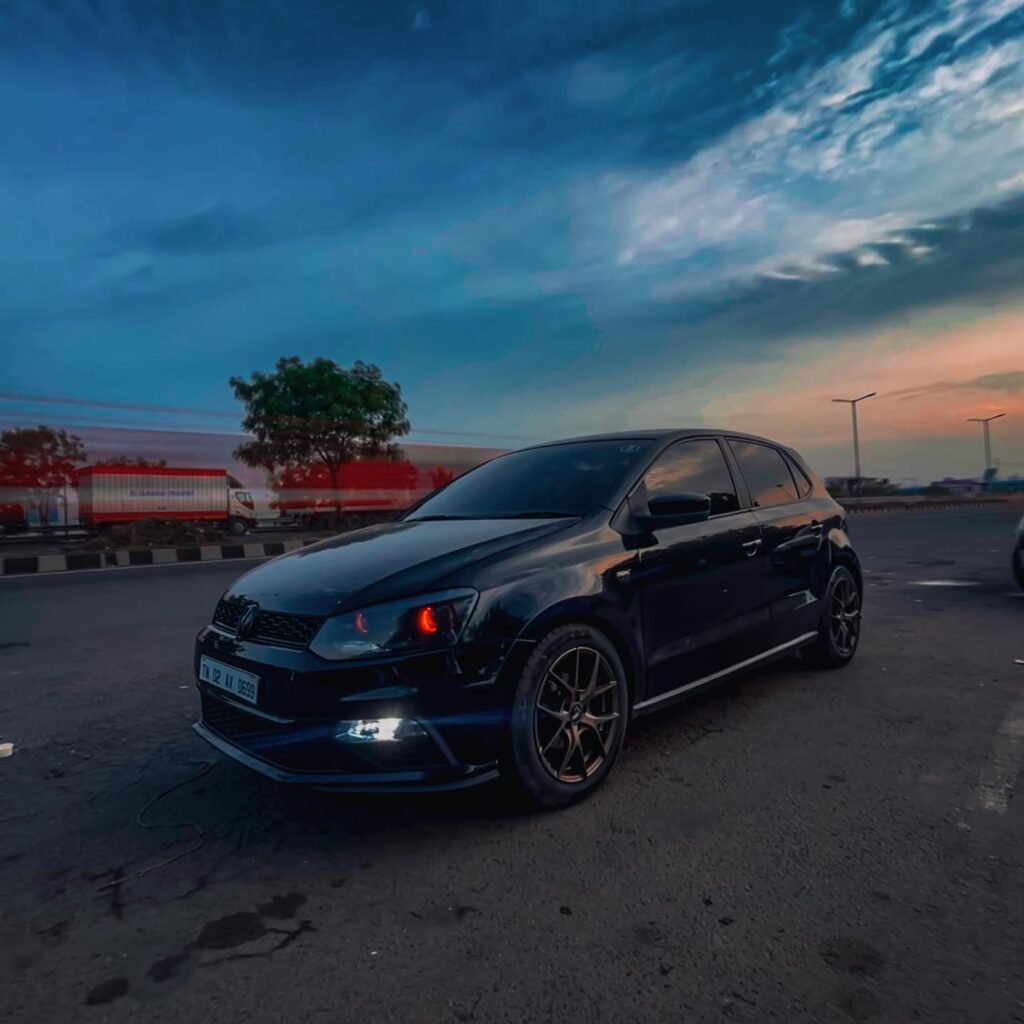Car tuning is the modification of a car to optimise it for a different set of performance requirements from those it was originally designed to meet. Most commonly this is higher engine performance and dynamic handling characteristics but cars may also be altered to provide better fuel economy, or smoother response. The goal when tuning is the improvement of a vehicle’s overall performance in response to the user’s needs. Often, tuning is done at the expense of emissions performance, component reliability and occupant comfort.
As a culture has grown around modified cars the term tuning has grown to encompass the cosmetic and stylistic changes owners make to personalize their vehicles. These changes can range from functional modifications designed to improve the performance or functionality of the car, to visual modifications which alter the aesthetics of the car and, in the case of certain mods, sometimes be detrimental to the performance or functionality of the car.
Origin

Since their invention, cars have always been subject to aftermarket modification. Both moderate and radical modification have been commemorated in the popular songs Hot Rod Race and Hot Rod Lincoln. The names of Abarth and Cooper appear on models styled after the cars they modified. With support from Ford.
Since their invention, cars have always been subject to aftermarket modification. Both moderate and radical modification have been commemorated in the popular songs Hot Rod Race and Hot Rod Lincoln. The names of Abarth and Cooper appear on models styled after the cars they modified. With support from Ford, renowned engine manufacturer Cosworth went from modifying English Flathead engines for Lotus Sevens to dominating Formula One racing.
In the 1970s and 1980s, many Japanese performance cars were never exported outside the Japanese domestic market. In the late 1980s and early 1990s, grey import vehicles of Japanese performance cars, such as the Nissan Skyline,[1][2][3] began to be privately imported into Western Europe and North America. In the United States, this was in direct contrast to domestic car production around the same time, where there was a very small performance aftermarket for domestic compact and economy cars; the focus was instead on sports cars or muscle cars such as the Ford Mustang and Chevrolet Corvette.
Because of their light weight and the increasing availability of inexpensive tuning equipment,[4] tuned economy and compact cars exhibit high performance at a low cost in comparison to dedicated sports cars. As professional sporting and racing with such vehicles increased, so did recreational use of these vehicles. Many drivers would modify their vehicles in an attempt to emulate versions of racing vehicles.
The essence of modification of a tuner car is an attempt at a significant performance increase—or the appearance of high performance—from a stock motor vehicle through the addition, alteration or outright replacement of parts.

Areas of modification
The essence of modification of a tuner car is an attempt at a significant performance increase—or the appearance of high performance—from a stock motor vehicle through the addition, alteration or outright replacement of parts. Although this largely involves modifying the engine and management systems of the vehicle to increase power output, additional changes are often required to allow the vehicle to handle such power, including stiffened suspension, widened tires, better brakes, and improved steering and transmission modifications (such as the installation of a short shifter). Although largely insignificant in terms of appearance, certain modifications such as low-profile tires, altered suspension, and the addition of spoilers can change the overall appearance of the car, as well as adding downforce to increase traction.
Styles of modification
Modified cars can be significantly different from their stock counterparts. A common factor among owners/modifiers is to emulate the visual and/or performance characteristics of established styles and design principles. These similarities may be unintentional.
Legal requirements
Many countries or municipalities have legal requirements which govern vehicle modifications. For example, all vehicles in Victoria, Australia, must conform to construction standards to ensure vehicle safety.There are also restrictions for P Plate drivers which can prevent young drivers from driving modified vehicles.
Many developed countries have smog regulations, which generally forbid any modifications to engines or related components unless the modifications themselves are certified, like production car models. Such modifications, even if they do not actually result in increased emissions, prevent legal use on public roads.

